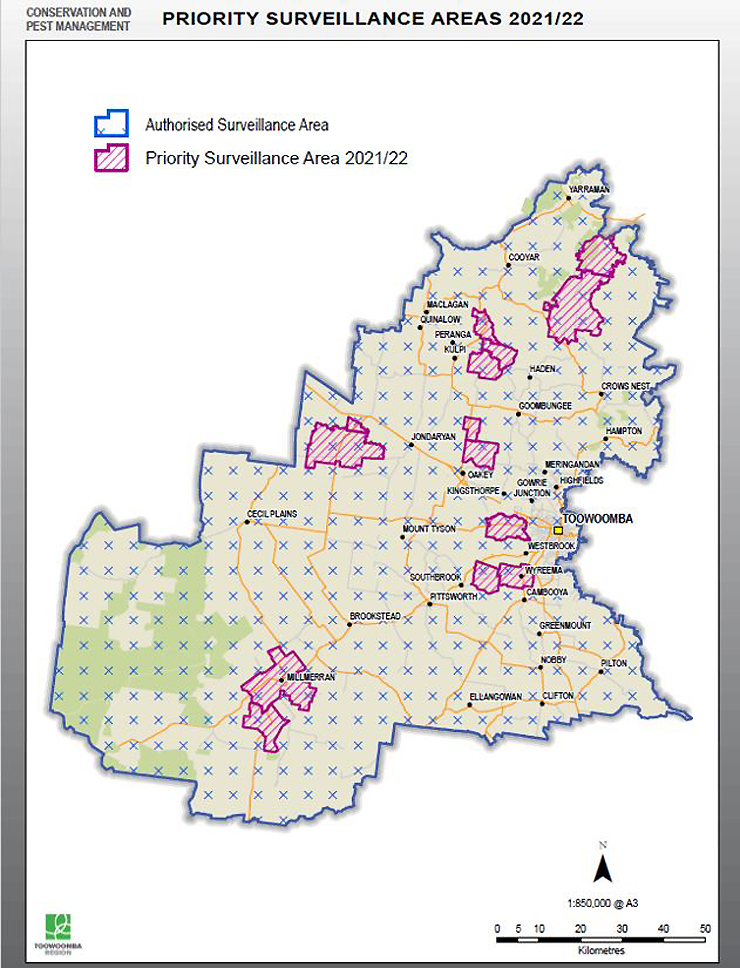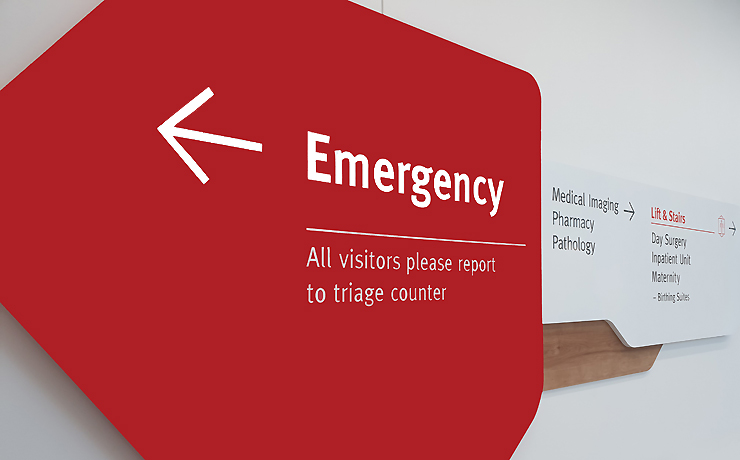
July 9, 2021
Areas around Googa and Emu creeks near Yarraman and Cooyar have been identified as priority biosecurity surveillance areas by Toowoomba Regional Council.
They are among 14 areas across the Toowoomba region which will be a focus of the TRC’s 2021-22 Biosecurity Surveillance Program.
Council staff will begin inspecting properties this month for invasive plants and animals.
Cr Tim McMahon said while the entire Toowoomba Regional Council area was included in the surveillance program, Council had identified 14 priority surveillance areas: Googa Creek, Emu Creek, Highgrove, Doctor Creek, Mount Darry, Greenwood, Kelvinhaugh, Wainui, Formartin, Wellcamp, Umbiram, Wyreema, Millmerran and Clontarf.
“The 12-month program covers Council’s legislative requirements to monitor compliance with the Biosecurity Act 2014,” Cr McMahon said.
“Individual properties across the region will be selected for compliance monitoring based on the observable presence of invasive biosecurity matter or as a result of a complaint raised with Council.
“A majority of properties, 70 per cent or greater, within the identified priority surveillance localities listed above will be inspected to confirm the presence and extent of invasive biosecurity matter.
“In addition, all properties that are inspected for this purpose will be monitored for compliance.
“Council will make every effort to contact a property owner or occupier to gain their permission to enter the site if it’s necessary to inspect the property.”
Cr McMahon said all property owners had a legal obligation to take reasonable and practical measures to minimise biosecurity risk.
“(Council’s Biosecurity Plan) seeks to raise public awareness of invasive plants and animals to increase the capacity and willingness of individuals to manage invasive species and participate in their control,” he said.
“Voluntary compliance is the desired outcome. The plan uses plain language to give a clear blueprint of steps involved in complying with the Act, and the expectations of all stakeholders involved in biosecurity.
“Council’s vision is for the Biosecurity Plan to foster a community that is intolerant of invasive plants and animals.
“Neither Council nor individual landholders would ever be likely to have sufficient resources to do everything.
“The plan works on a risk management basis to enable the most effective biosecurity management with available resources.”
























